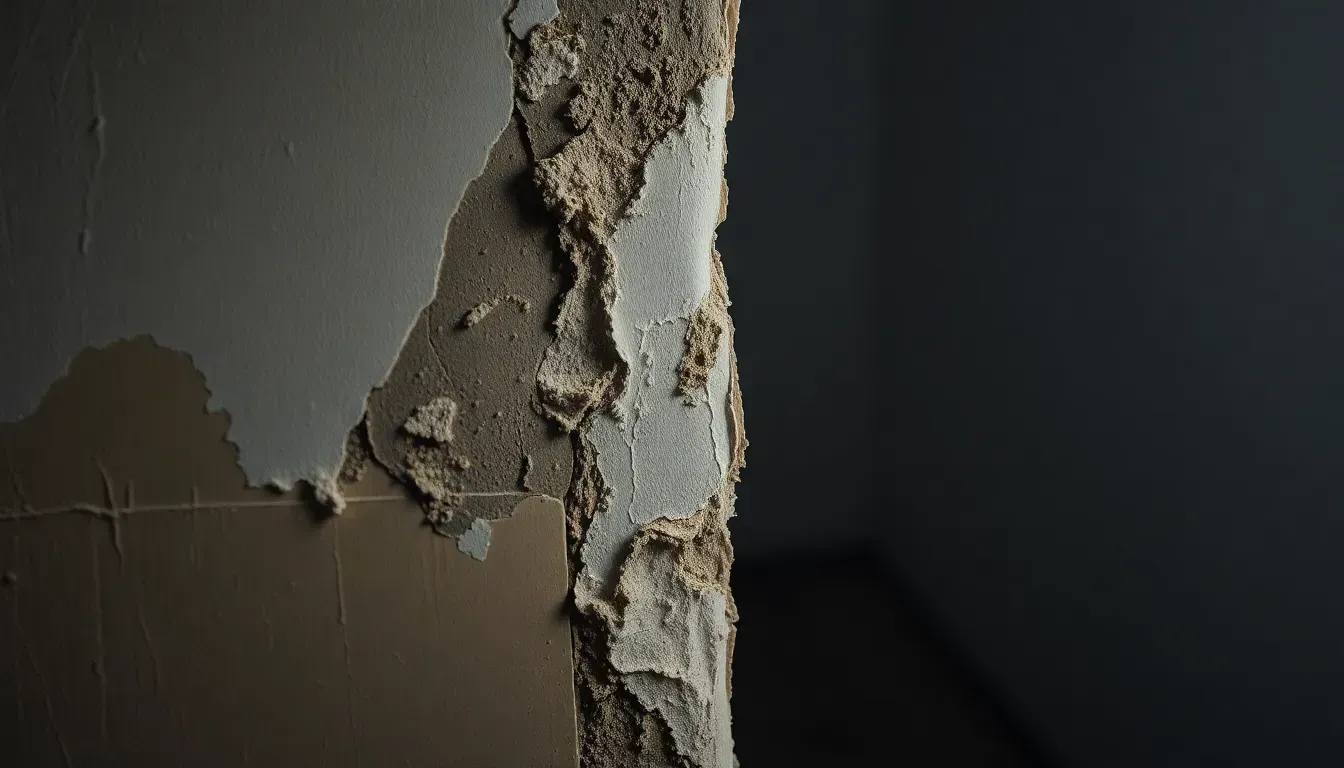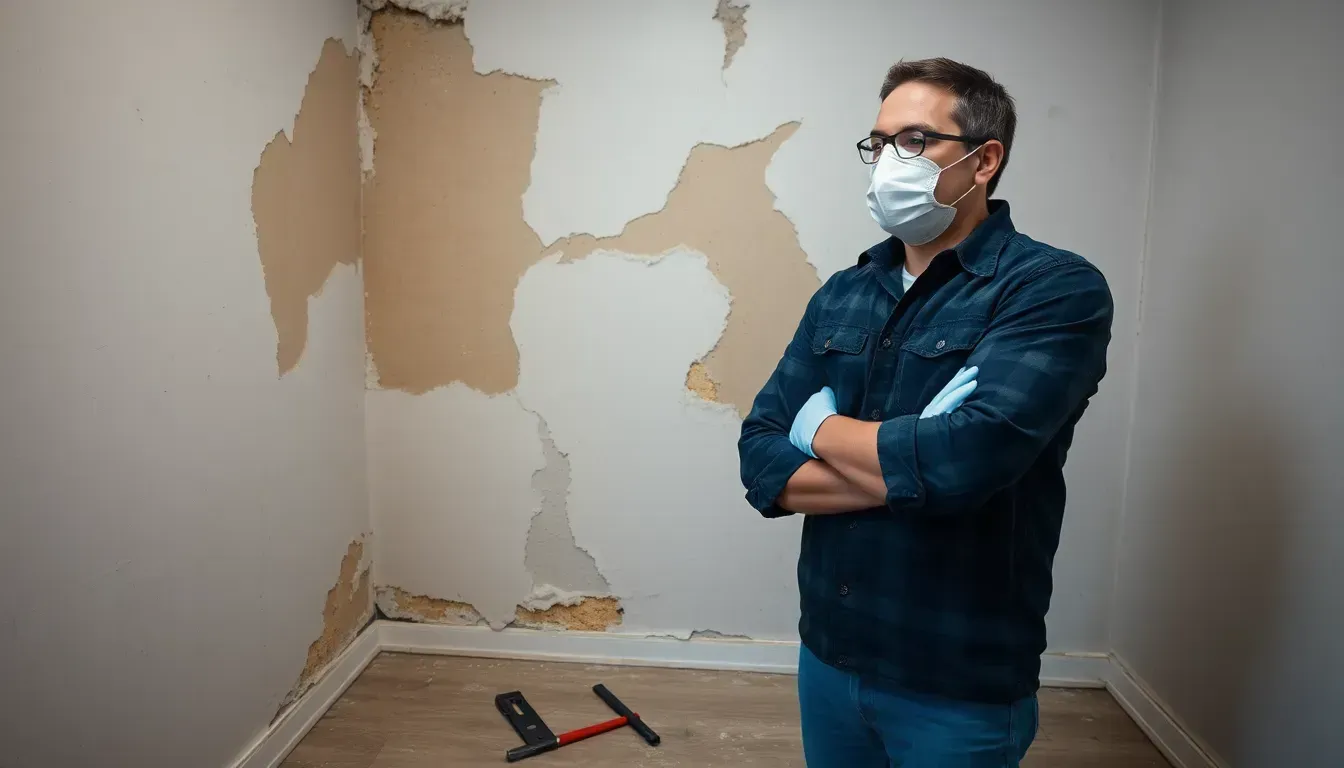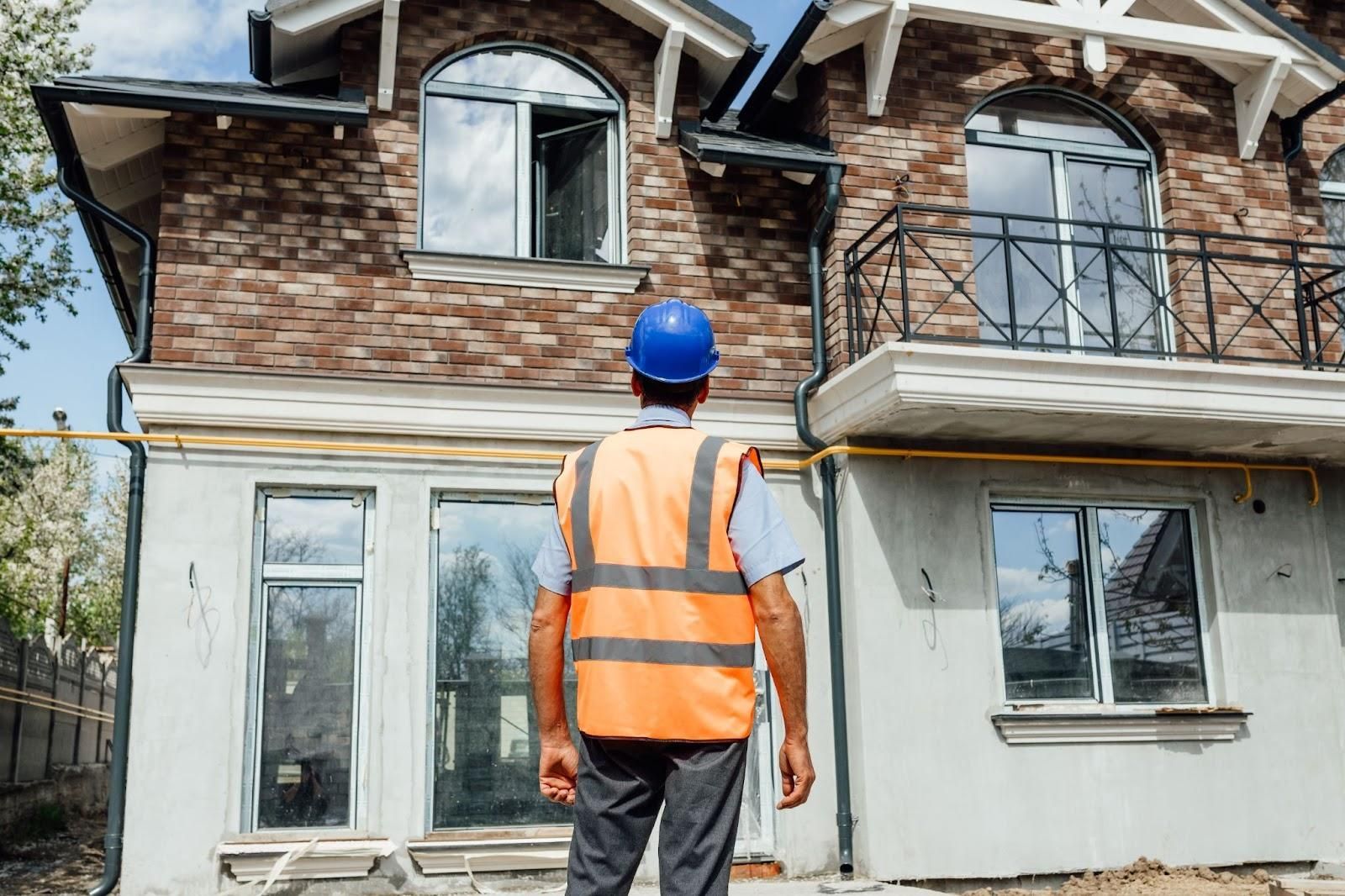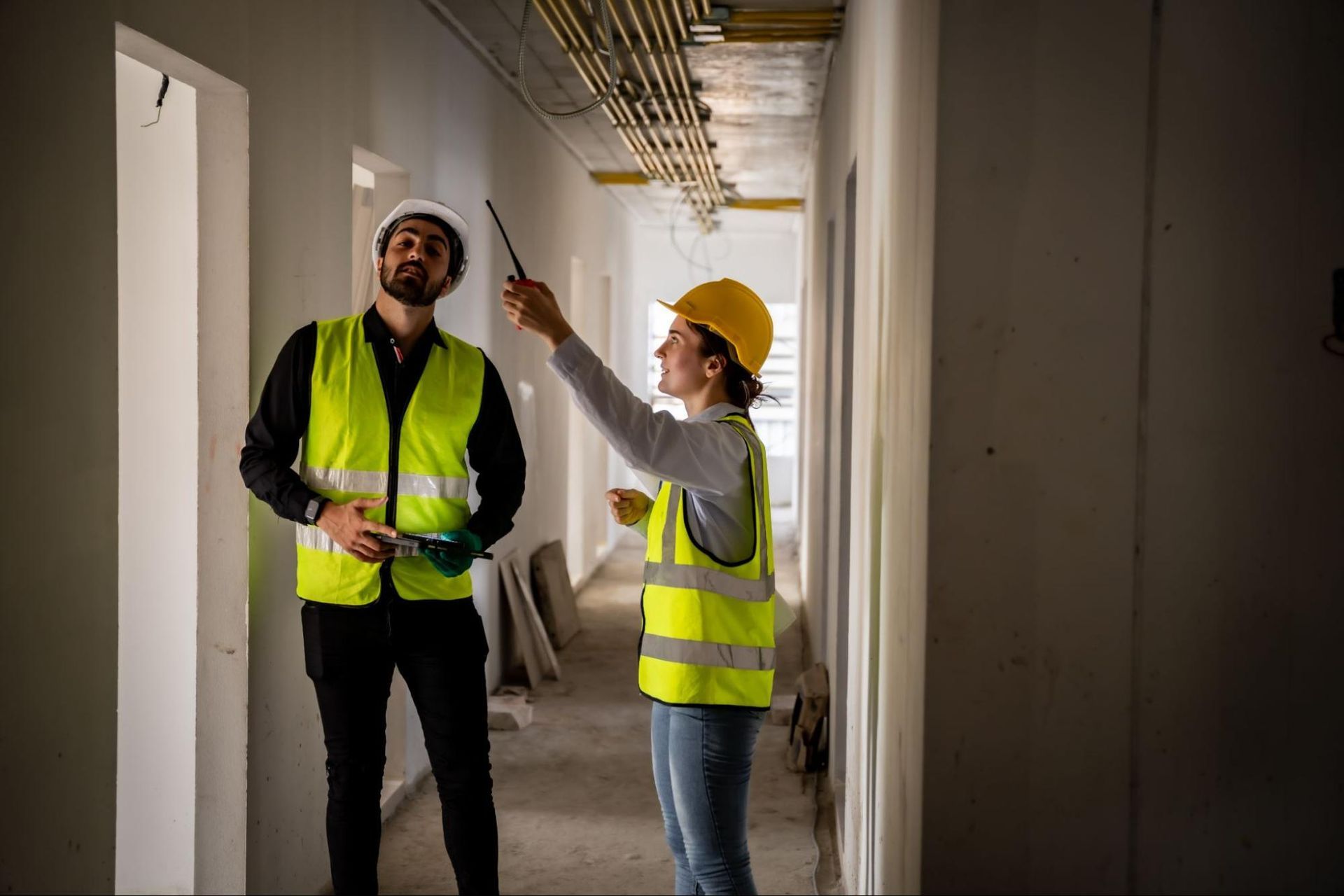How to Fix Water Damaged Drywall: A Homeowner's Guide to Safeguarding Your Property
Water damage can wreak havoc on a home, especially when it comes to drywall. Homeowners often face the frustrating challenge of identifying the source of the leak, dealing with mold growth, and figuring out the best way to repair the damage. With drywall being a key component of interior aesthetics and insulation, addressing these issues promptly is crucial to maintain both safety and comfort within the home.
Fixing water-damaged drywall isn't just about patching up holes; it involves understanding the underlying issues that caused the damage in the first place. From leaks in plumbing to roof problems, homeowners need a comprehensive approach to ensure lasting solutions. Fortunately, with the right knowledge and tools, it's possible to restore your walls and protect your home from future damage.
Overview of Water Damaged Drywall
Water-damaged drywall often manifests as discoloration, sagging, or peeling paint. Identifying the source of water intrusion is crucial, as unresolved leaks can lead to further damage and mold growth. Common sources of water damage include plumbing leaks, roof leaks, or flooding. Addressing these issues promptly prevents extensive repairs and enhances safety.
Repairing water-damaged drywall involves several steps.
- First, assess the extent of the damage. Minor issues may require patching and repainting, while severe damage necessitates replacing entire panels.
- Next, dry out the affected area using fans or dehumidifiers to mitigate mold growth. After ensuring the area is dry, cut out the damaged sections using a utility knife.
- Install new drywall according to local building codes. Secure it properly to the studs, ensuring a level surface. Apply joint compound and tape to seams for a seamless finish. Sand the surface once dry, and paint to match the existing wall.
Implementing preventive measures is essential to avoid future water damage. Regular inspections of plumbing and roofing systems catch issues before they escalate. Homeowners should also consider installing moisture detection systems to alert them of potential leaks.
For effective remediation, consulting professionals experienced in fixing water-damaged drywall is advisable. Their expertise ensures compliance with regulations and enhances the durability of repairs.
Causes of Water Damage

Identifying the causes of water damage is crucial for effective remediation. Commonly, water damage occurs due to a variety of factors.
Common Sources of Moisture
Plumbing leaks lead the list, often from burst pipes, faulty fixtures, or older plumbing systems. Roof leaks can also contribute, particularly from damaged shingles or worn flashing. Flooding from heavy rain or rising groundwater poses another significant risk. Humidity from poorly ventilated areas, such as basements, fosters moisture accumulation. Appliance malfunctions, like malfunctioning dishwashers or water heaters, are additional sources of moisture that can damage drywall.
Signs of Water Damaged Drywall
Discoloration appears as stains ranging from yellow to brown, often indicating moisture presence. Sagging indicates saturation and compromised integrity, with drywall losing its structural support. Peeling paint or wallpaper suggests a breach in the wall’s protective barriers. Bulging surfaces signify trapped water, requiring immediate attention. Mold growth can also manifest in damp areas, posing health risks and indicating persistent moisture issues.
Addressing water-damaged drywall is essential to maintain structural integrity and safety within residential spaces.
Steps to Fix Water Damaged Drywall

Fixing water-damaged drywall requires systematic steps to restore integrity. Addressing these areas promptly prevents further issues and maintains home safety.
Assessing the Damage
Assess drywall damage by inspecting for discoloration, sagging, or mold growth. Identify the water source, such as plumbing leaks or roof issues, to prevent future occurrences. Thoroughly check surrounding areas, including insulation and framing, for water exposure. Record damage extent to determine whether repair or replacement is necessary.
Safety Precautions
Ensure safety by wearing protective gear, including gloves and masks, to avoid exposure to mold and harmful materials. Shut off electrical power in affected areas to prevent electrocution. Use a moisture meter to detect hidden water in structures. Ventilate the space by opening windows and using fans, promoting air circulation, and aiding in the drying process.
Removing Damaged Sections
Remove damaged sections of drywall using a utility knife or drywall saw. Cut along the edges of the affected area, ensuring clean lines to ease patching. Utilize a pry bar to detach the drywall from studs or frames. Dispose of debris properly to maintain a safe working environment. Inspect insulation behind drywall and replace if it shows signs of moisture damage.
Repairing or Replacing Drywall
Repair or replace drywall based on assessment findings. For small areas, patching with joint compound and a patching kit suffices. For larger sections, install new drywall sheets, securing them to the wall studs with screws. Tape seams and apply joint compound, feathering to blend surfaces. Sand the area once dried, and apply primer and paint for a seamless finish.
Fixing water-damaged drywall restores aesthetics and ensures structural integrity. This process prevents future issues and maintains the overall safety of the property.
Prevention Tips
Implementing effective strategies can significantly reduce the risk of water damage to drywall.
Keeping Walls Dry
Establishing proper insulation and barrier systems keeps moisture from penetrating walls. Using vapor barriers in areas like basements or bathrooms helps prevent humidity accumulation. Installing gutters and downspouts directs rainwater away from the foundation, reducing the likelihood of leaks.
Regular Inspections
Conducting routine inspections identifies potential vulnerabilities in plumbing and HVAC systems. Checking for signs of leaks, such as water stains or discoloration, allows for prompt remediation. Engaging professional services, like home inspections in Greater Houston, ensures thorough evaluations and adherence to building codes. Scheduling these inspections regularly minimizes the chances of encountering significant water damage.
For reliable guidance on fixing water-damaged drywall, consider consulting experts in property maintenance and restoration.
Conclusion
Addressing water-damaged drywall is crucial for maintaining a safe and comfortable home. By promptly identifying the source of leaks and managing mold growth, homeowners can prevent further damage and costly repairs. Implementing preventive measures ensures long-term protection against moisture-related issues.
Taking the necessary steps to repair and restore drywall not only enhances the home’s aesthetic appeal but also safeguards its structural integrity. Regular inspections and professional consultations can significantly reduce risks and help maintain property value. Prioritizing these actions will lead to a healthier living environment and peace of mind for homeowners.
Frequently Asked Questions
What are the signs of water-damaged drywall?
Water-damaged drywall typically shows signs such as discoloration, sagging, peeling paint, and mold growth. If you notice any of these symptoms, it’s crucial to assess the damage immediately.
How can I identify the source of water damage?
To identify the source of water damage, inspect areas around plumbing fixtures, roofs, and any areas with poor ventilation. Look for leaks, puddles, or areas that feel damp and follow the trail back to its origin.
What steps should I follow to repair water-damaged drywall?
Start by assessing the damage and identifying the water source. Then, dry the area thoroughly, cut out the affected sections, and replace them with new drywall while adhering to local building codes.
Do I need to hire a professional for water damage repairs?
While minor repairs can be DIY, hiring a professional is recommended for extensive damage or mold concerns. Professionals ensure compliance with regulations and provide thorough remediation for long-lasting repairs.
How can I prevent water damage to my drywall?
Prevent water damage by maintaining proper insulation, using vapor barriers in moisture-prone areas, and installing gutters to redirect rainwater away from your home. Regular inspections of plumbing and HVAC systems are also essential.











